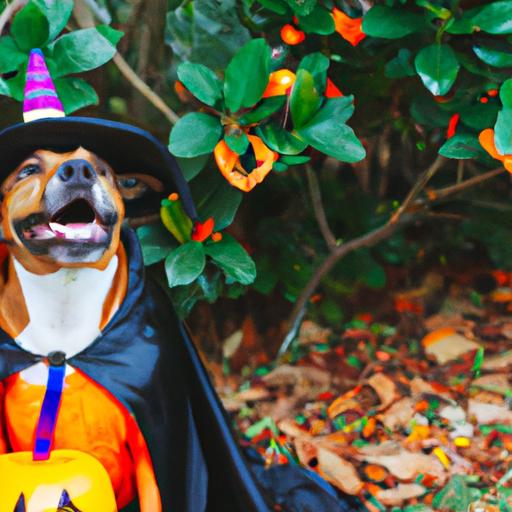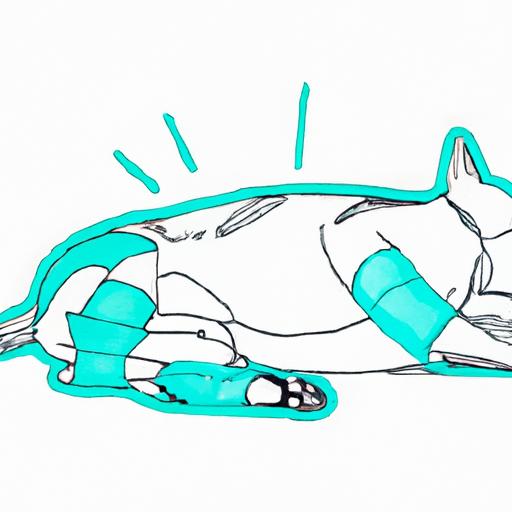
Cat Tail Pull Injuries: Care and Rehabilitation
Learn how to care for and rehabilitate cat tail pull injuries. Understand the causes, signs, and proper treatment methods for a quick recovery.
Introduction:
Cat tail pull injuries can be distressing for both cats and their owners. Understanding the causes, signs, and proper care for these injuries is crucial in promoting the well-being and recovery of our feline friends. In this article, we will address common questions related to cat tail pull injuries, delve into their causes and risk factors, discuss effective care and rehabilitation methods, and emphasize the importance of providing timely attention to these injuries.
FAQ: Frequently Asked Questions about Cat Tail Pull Injuries
What are common causes of cat tail pull injuries?
Cat tail pull injuries can occur due to various reasons, including accidental tugging by humans or other animals, getting caught in closing doors or windows, or even from high-energy play sessions.
How can I prevent cat tail pull injuries?
To prevent cat tail pull injuries, it is essential to create a safe environment for your cat. Avoid pulling or tugging their tail, keep doors and windows secure, and supervise interactions with other pets or children.
What are the signs and symptoms of a cat tail pull injury?
Signs of a cat tail pull injury may include swelling, pain, limping, loss of balance, or changes in tail movement. Cats may also groom the injured area excessively or display signs of discomfort when the tail is touched.
How long does it take for a cat tail pull injury to heal?
The healing time for cat tail pull injuries varies depending on the severity of the injury. Mild cases may require a few weeks of care and rehabilitation, while more severe injuries can take several months to heal completely.
Can cat tail pull injuries lead to long-term complications?
In some cases, cat tail pull injuries can lead to long-term complications such as chronic pain, nerve damage, or loss of tail function. Proper care and rehabilitation can help minimize the risk of these complications.
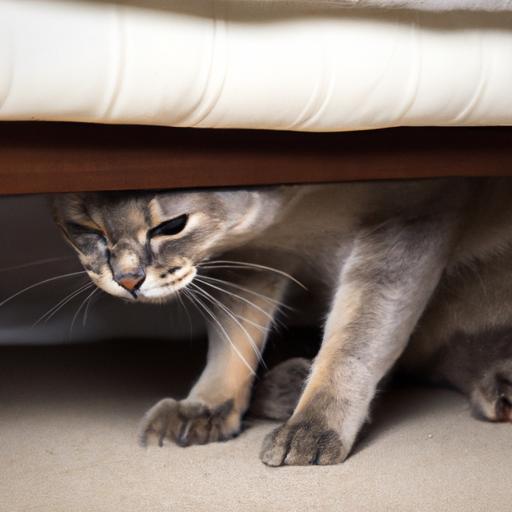
Understanding Cat Tail Pull Injuries: Causes and Risk Factors
Natural behaviors that may lead to cat tail pull injuries
Cats have a natural instinct to chase and play, which can sometimes result in their tail being accidentally pulled or caught. Understanding and respecting their natural behaviors can help prevent such injuries.
External factors that can contribute to tail pull injuries
Environmental factors, such as doors closing abruptly or windows with insufficient barriers, can increase the risk of cat tail pull injuries. Identifying and addressing these external factors is crucial in creating a safe environment for your cat.
Breeds prone to tail pull injuries
While all cats are susceptible to tail pull injuries, certain breeds with longer or more delicate tails may be more prone to such injuries. Examples include Siamese, Maine Coon, and Manx cats. Extra care should be taken with these breeds.
Age groups more susceptible to cat tail pull injuries
Kittens and older cats are more vulnerable to tail pull injuries due to their playful nature or age-related frailty. Providing appropriate supervision and creating a safe environment can help protect these age groups from such injuries.
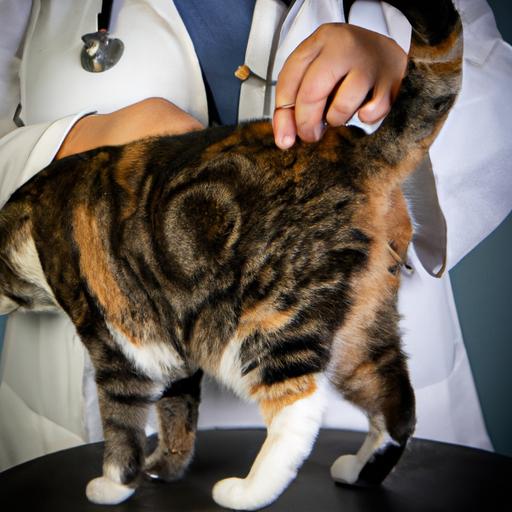
Care and Rehabilitation for Cat Tail Pull Injuries
Immediate steps to take when a cat experiences a tail pull injury
If your cat experiences a tail pull injury, it is crucial to remain calm and assess the situation. Gently examine the tail for any visible signs of injury, such as bleeding or swelling. If necessary, contact your veterinarian for guidance.
Consulting a veterinarian for proper diagnosis and treatment
Seeking professional veterinary care is crucial to ensure an accurate diagnosis and appropriate treatment plan for cat tail pull injuries. Your veterinarian may perform a physical examination, imaging tests, or recommend specific treatments tailored to your cat’s needs.
Medications and topical treatments for pain relief and wound healing
Depending on the severity of the injury, your veterinarian may prescribe pain medications or recommend topical treatments to alleviate discomfort and promote wound healing. Follow their instructions carefully for optimal results.
Physical therapy exercises to aid in rehabilitation
Physical therapy exercises, such as gentle tail stretches or range-of-motion exercises, can play a vital role in the rehabilitation of cat tail pull injuries. Your veterinarian or a qualified professional can guide you in performing these exercises safely and effectively.
Necessary lifestyle adjustments to promote healing and prevent further injuries
During the recovery period, it is essential to make necessary lifestyle adjustments to protect your cat’s injured tail. This may include temporarily confining your cat to a safe area, modifying their surroundings to minimize potential hazards, and providing mental stimulation to prevent boredom.
Conclusion
In conclusion, cat tail pull injuries require careful attention and proper care to ensure a smooth recovery for our feline companions. By understanding the causes, signs, and risk factors associated with these injuries, we can take proactive measures to prevent them. Prompt veterinary care, appropriate medications, physical therapy, and necessary lifestyle adjustments all contribute to the successful rehabilitation of cat tail pull injuries. Remember, your cat’s tail is not just a playful appendage but a vital part of their body that deserves our utmost care and protection.
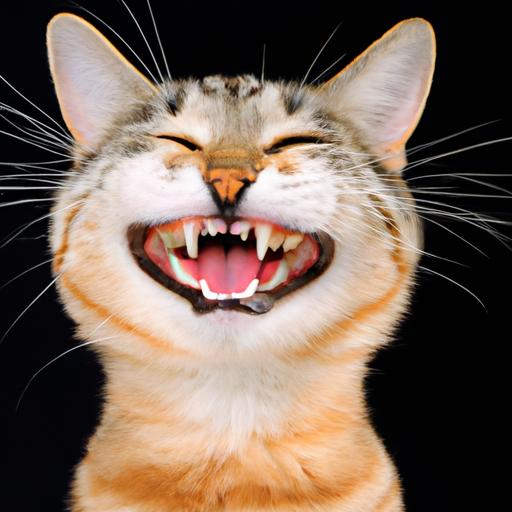
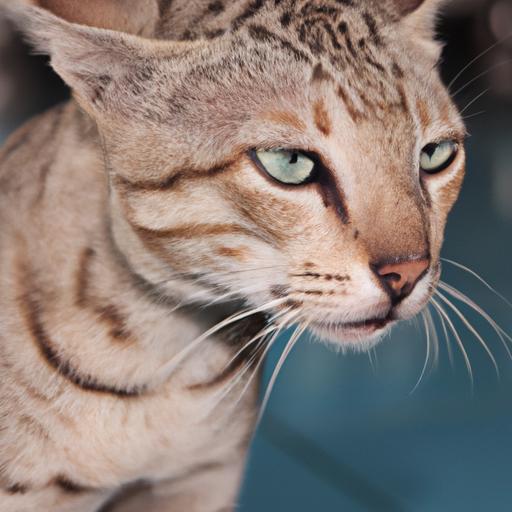
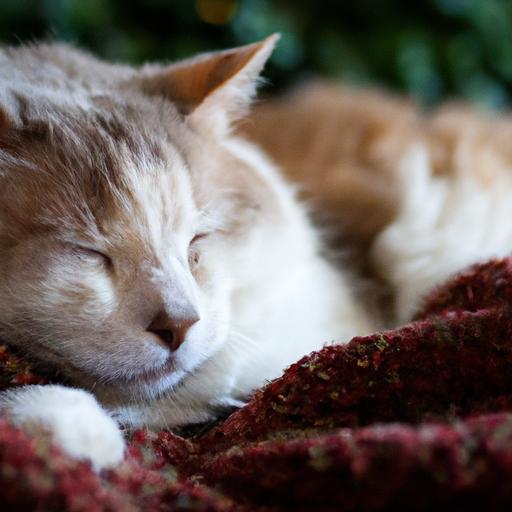
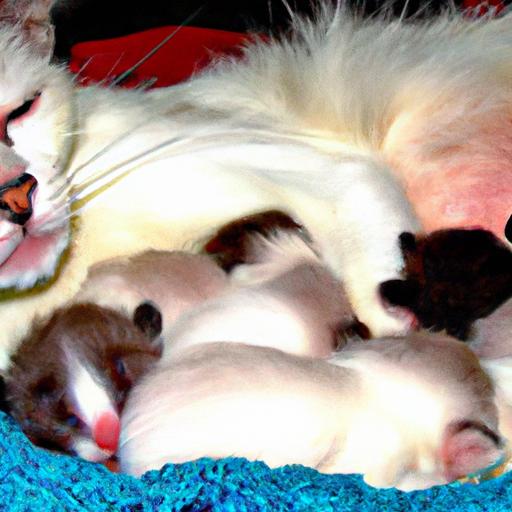
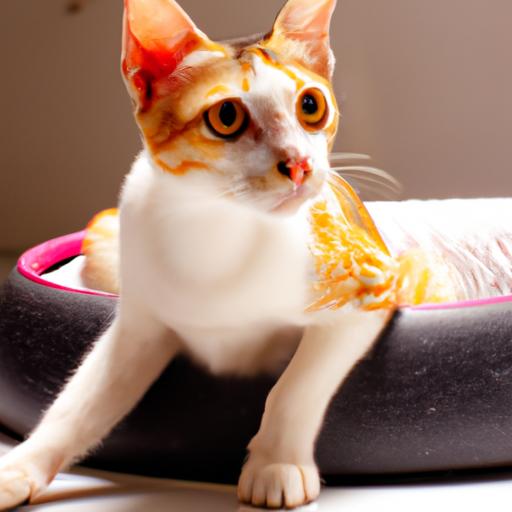
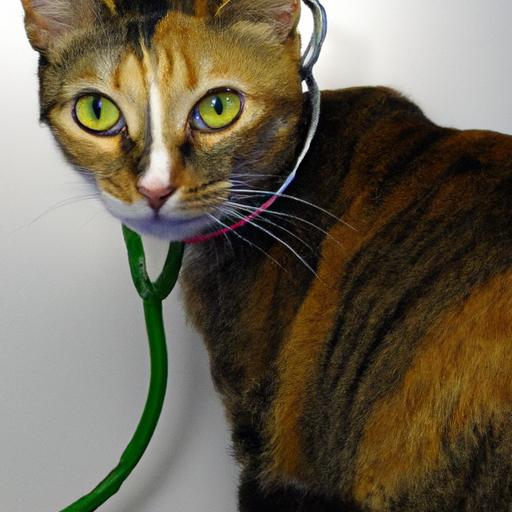
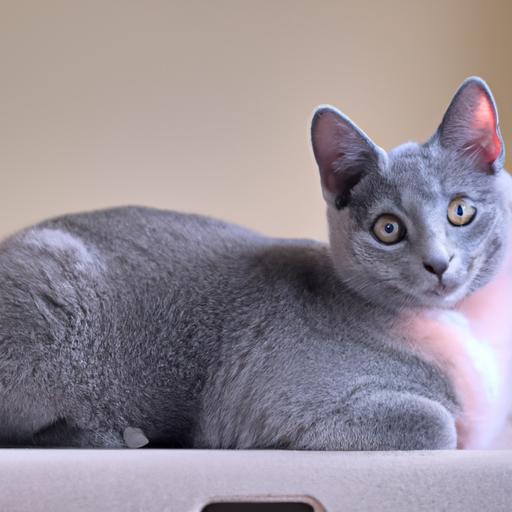
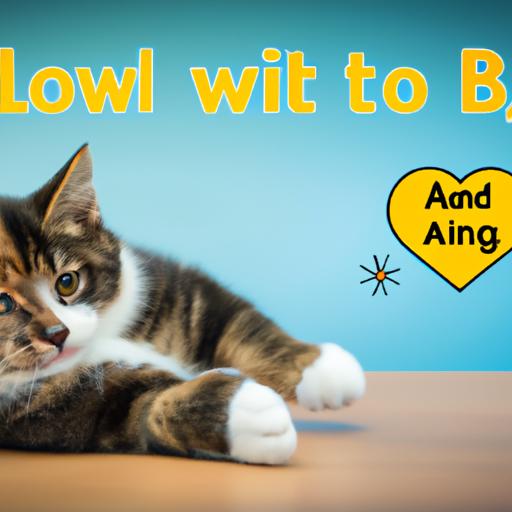














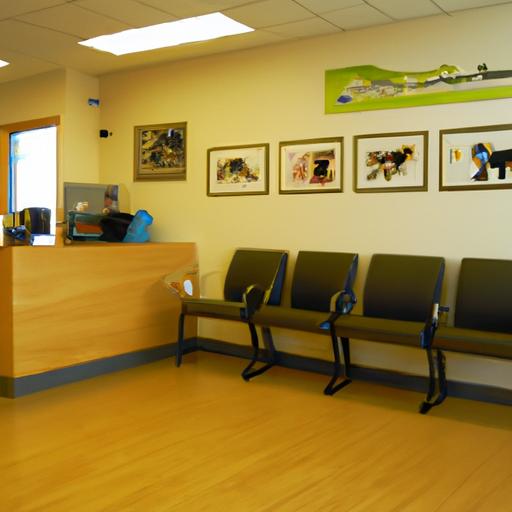
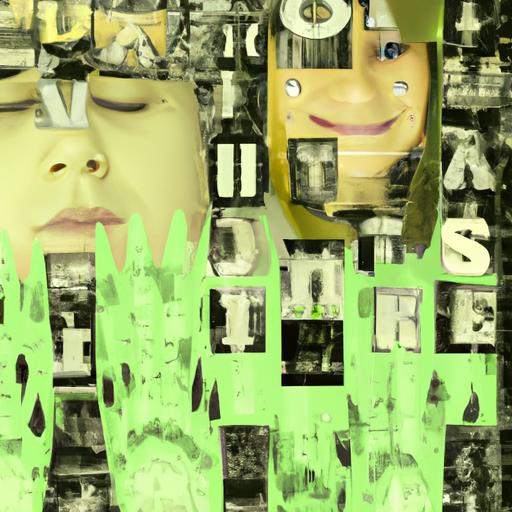
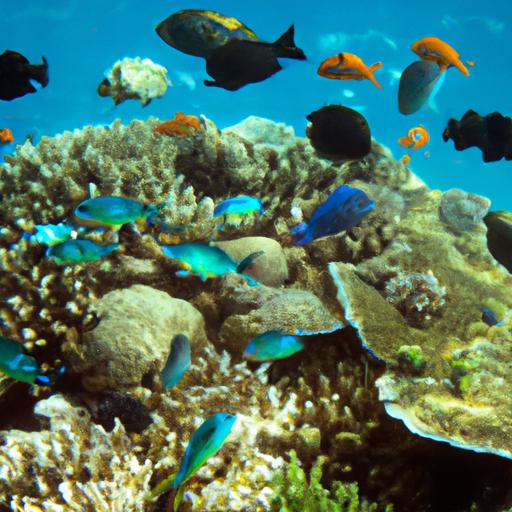
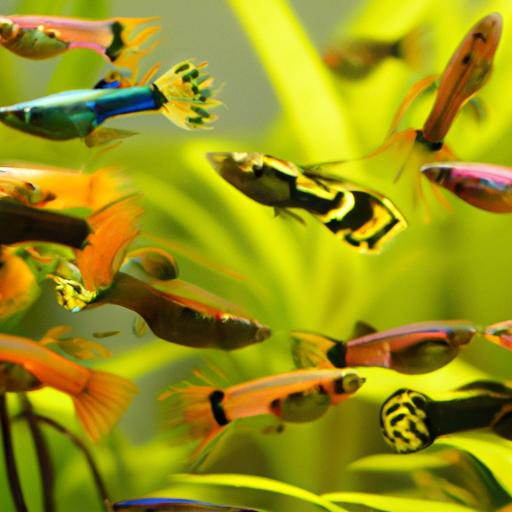
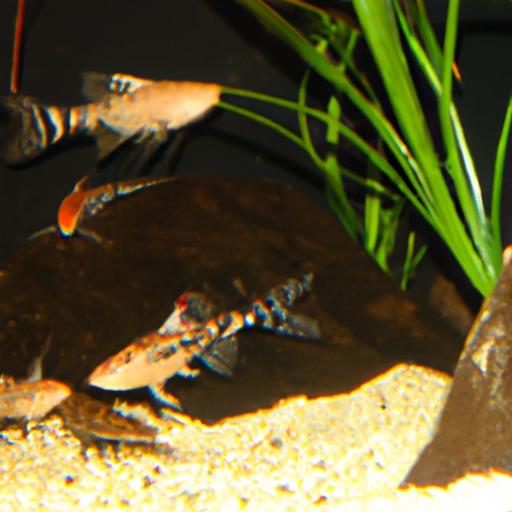
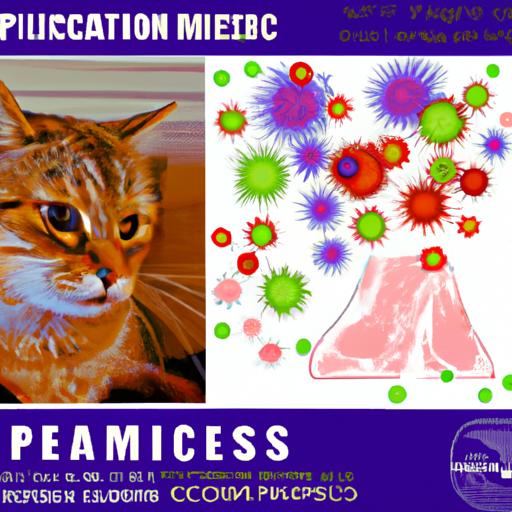
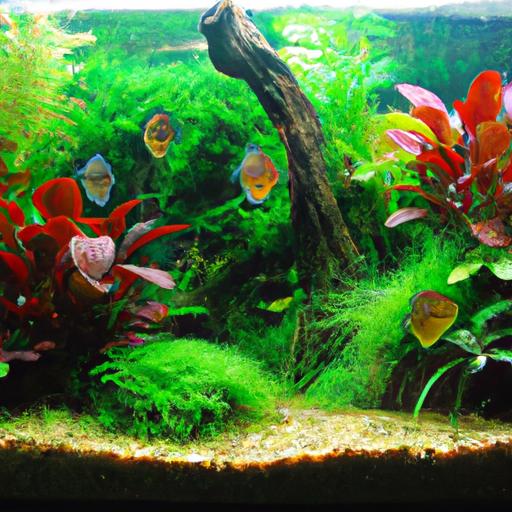
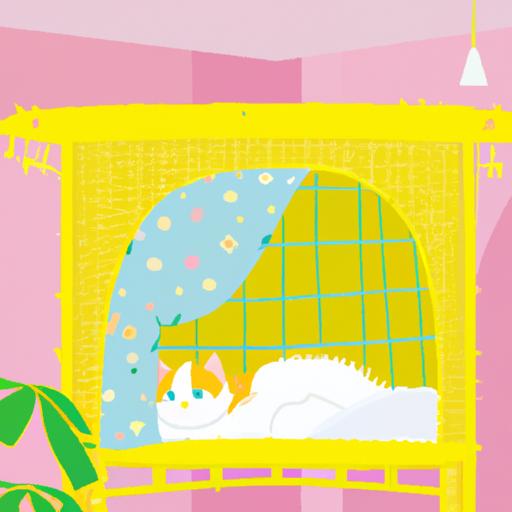
.jpg)
